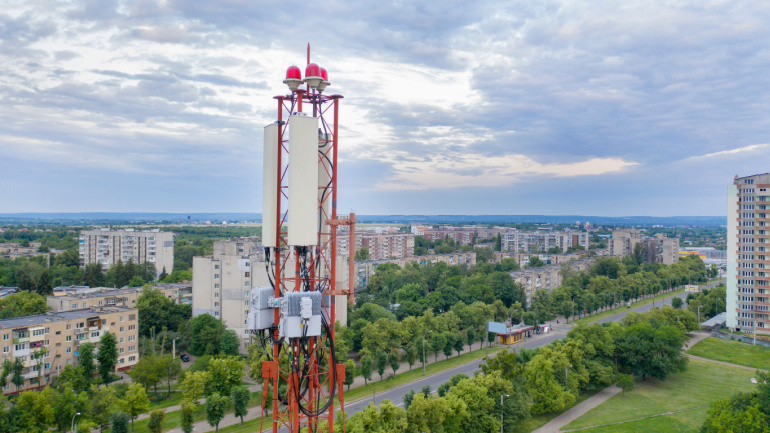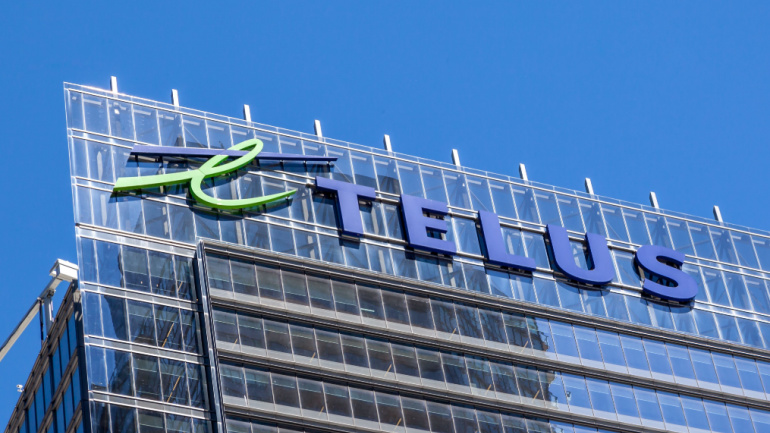Deutsche Telekom, SK Telecom, e&, Singtel, and SoftBank have officially launched a joint venture to advance AI technologies tailored for the telecommunications sector. These industry leaders aim to create Large Language Models (LLMs) specifically designed to enhance customer interactions through digital assistants and chatbots.
A recent study by Ericsson and Juniper Research reveals significant growth prospects for the mobile financial services (MFS) sector, forecasting a surge in user engagement and transaction values by 2028. The analysis suggests a shift towards a more diverse offering in mobile money services, predicting that 40% of mobile subscribers will utilize these services by 2028, a notable increase from the current 29%.
Epsilon Telecommunications (Epsilon), a KT Corp. company and leading global interconnectivity provider, has appointed Damon (Young Seok) Lee as its Group Chief Executive Officer. Lee joins Epsilon with over 27 years of experience in the telecommunications and technology sectors, most recently serving as Vice President in KT’s Enterprise Business. He will lead Epsilon’s senior executive team with a focus on optimising the company’s business strategy and global growth.
In a strategic move that could redefine the trajectory of Vodafone’s future, the telecom giant has entered into a comprehensive 10-year partnership with Microsoft. Covering all Vodafone markets in Europe and Africa, this collaboration aims to reach a staggering 300 million people.
BT, in collaboration with NHS and Soprano, is experimenting with ‘Patient Concierge’, an AI-aided patient messaging system aimed at enhancing communication and reducing appointment conflicts. With a strong UK government backing and promising outlook from NHS staff, AI integration is on the rise for optimizing healthcare.
VEON commits $600 million investment via Kyivstar for Ukraine’s recovery, focusing on infrastructure, 4G expansion, cybersecurity, and community support, fostering accelerated digitalization and rebuilding efforts.
Ofcom discusses AI’s potential benefits and risks, examining its use in content and telecom industries and addressing concerns about malicious usage. The regulator works with companies to assess safety risks, implement mitigation strategies, and enhance transparency to protect users and promote responsible AI integration.
Spark’s partnership with Lynk Global marks a major milestone in mobile connectivity for New Zealand, testing direct-to-consumer satellite services to enhance network coverage and combat challenges posed by climate change.
European lawmakers clash over a proposed network fee for content and application providers, as majority fear potential implications like stifling innovation, impacting net neutrality, and increasing consumer costs. Telecommunications operators may explore alternative income sources amid uncertain consolidation prospects.
TELUS becomes the first North American CSP awarded ‘Running on ODA’ status, joining global giants in utilizing Open Digital Architecture to transform into agile digital organizations. Achieving cost and time reductions, TELUS delivers enhanced customer experience through cloud-native, vendor-agnostic solutions.













